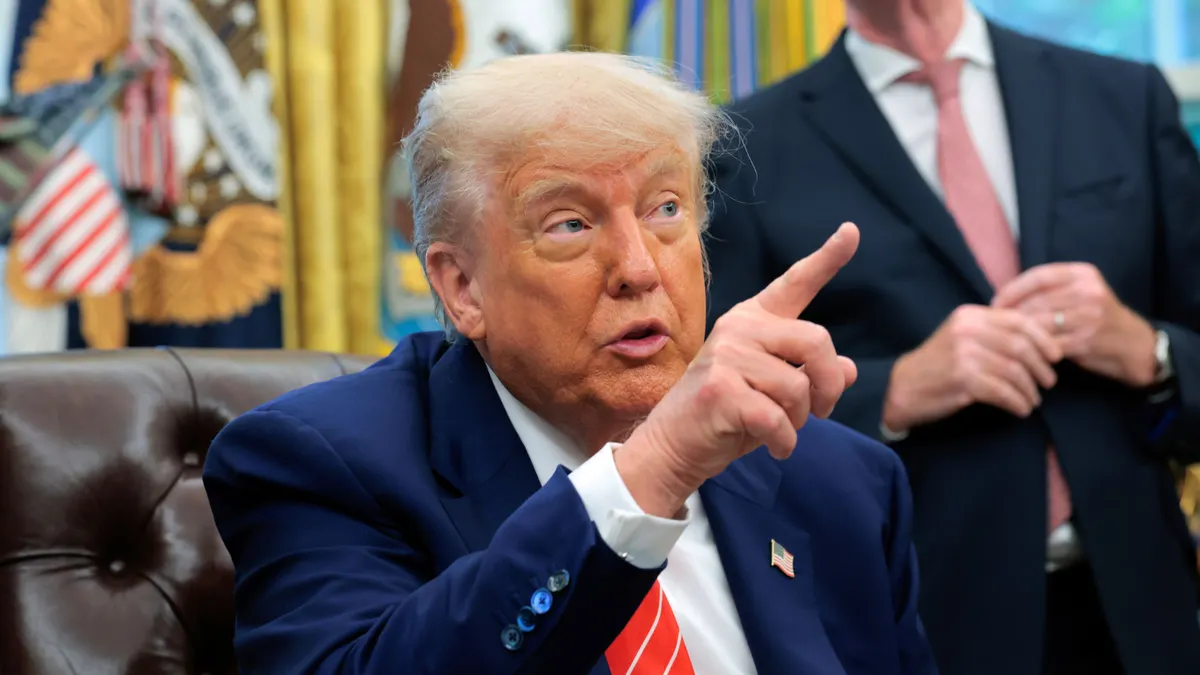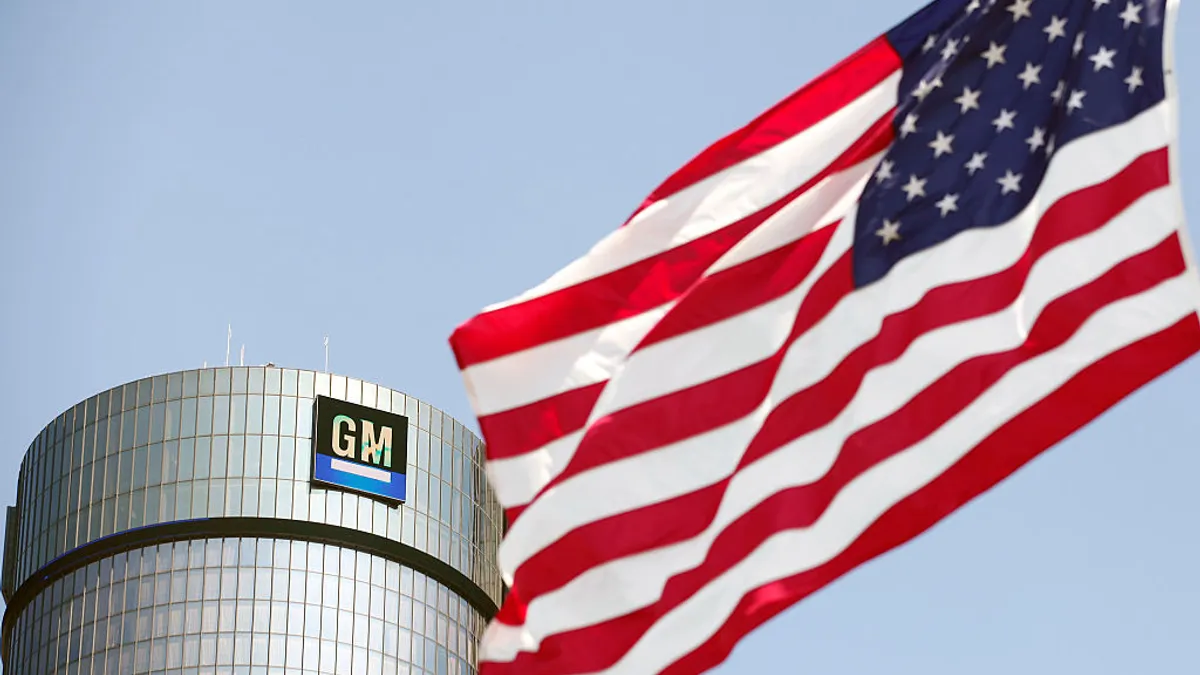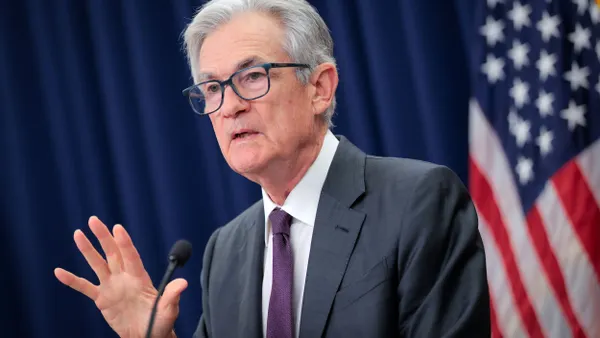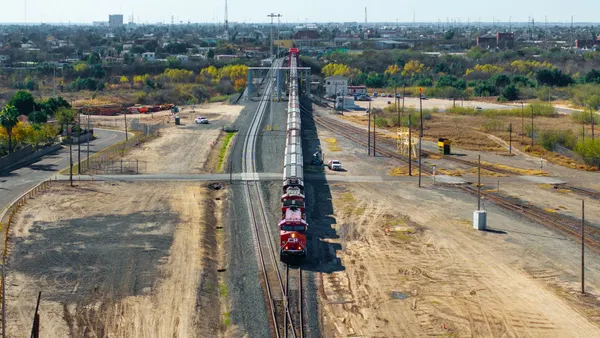Editor’s note: This story has been updated to note the U.S. and U.K. agreed to a proposed framework but must still finalize the details of a trade deal, per the White House.
The United States and the United Kingdom have come to terms on the framework of a deal focused on tariffs and market access, setting the foundation for the first formal trade agreement from the Trump administration since President Donald Trump unveiled global reciprocal tariffs last month.
After announcing the agreement Thursday, the White House confirmed in a brief that the two countries will begin negotiations to formalize the proposals within the framework as part of a pact called the U.S.-UK Economic Prosperity Deal. For now, the agreement is not legally binding.
“A framework agreement like this signals to the public what priorities exist for the United States and for the United Kingdom,” Jonathan Todd, vice chair of the transportation and logistics practice group at law firm Benesch Friedlander Coplan & Aronoff, told Supply Chain Dive.
If finalized, the Trump administration would maintain its 10% tariff on U.K. imports, the president announced at the White House Thursday. Meanwhile, the U.K. would lower tariffs on U.S. goods from 5.1% to a 1.8% rate. The two countries also intend to decrease applied tariff rates on a preferential basis after “a reasonable period of negotiation,”per the White House brief.
The Economic Prosperity Deal also includes proposals for an array of specific industries, including terms for pharmaceutical, automotive and digital trade, as well economic security, intellectual property and other matters.
In the automotive sector, for example, the U.S. would charge a 10% tariff on an annual quota of 100,000 U.K. automobiles. Meanwhile, U.K. carmakers would be subject to 25% duties after reaching the quota.
It also leaves several topics on the table for further discussion.The two countries further agreed to discuss matching steel and aluminum tariffs and quotas, per Commerce Secretary Howard Lutnick. The U.S. also plans to implement an accompanying arrangement for U.K. auto part imports if the deal is finalized.
Earlier this year, Trump instituted 25% tariffs on imported steel and aluminum, as well as a 25% duty on automobiles and car parts.
The arrangement would also open access to the U.K. market for U.S. exports of agricultural products like beef and ethanol, as well as machinery, textiles and chemicals. Among the provisions, the U.K. would remove a 20% tariff on a quota of 1,000 metric tons of U.S. beef and create a preferential duty-free quota for 13,000 metric tons of the product. The U.K. would also allow 1.4 billion liters of U.S. ethanol to be imported duty free.
The overall additional market access would equal $5 billion in export value, according to the White House.
“These are the key priorities that the president has signaled, and we can expect that the United Kingdom is amenable to after these conversations,” Todd said. “Details of what this will mean and when any change is effective and exactly what that will be remains to be seen at this time.”
Imports from the U.K. made up 2.8% of U.S. trade in 2024, per data from the U.S. International Trade Commission compiled by Supply Chain Dive. By the end of the year, the U.S. had an approximately $12 billion trade surplus with the country.
Prior to the finalization of any agreement, imports from the U.K. are already subject to a 10% tariff, in line with a baseline rate Trump set as part of his reciprocal trade policy.
Trump originally announced duty rates on a country-by-country basis but paused implementation for 90 days in favor of 10% levies for most countries starting April 9.
Beyond the U.K, the White House has also been in discussions about existing trade policies with other countries, including Japan, Vietnam, South Korea and India. This week, the U.S. and China will also soon meet to discuss trade matters for the first time since hiking duties on the country to 145%.














